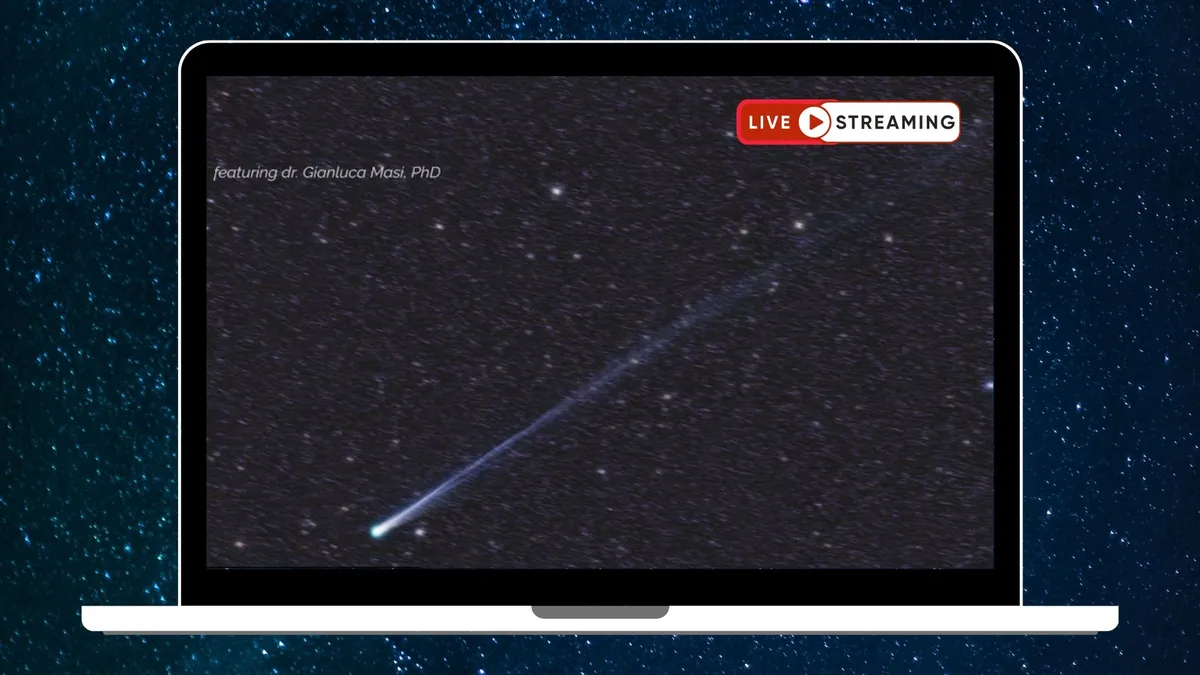
Prepare for a spectacular cosmic event as two comets, C/2025 A4 (Lemmon) and C/2025 R2 (SWAN), are set to reach their closest approach to Earth. This extraordinary encounter will unfold live online on October 20, starting at 1:30 p.m. EDT (1730 GMT). Renowned astronomer Gianluca Masi and his Virtual Telescope Project will host a special livestream, allowing astronomy enthusiasts to witness these celestial wonders as they make their close pass to our planet.
Join the cosmic spectacle by tuning into the livestream hosted by the Virtual Telescope Project. You can catch all the action on Space.com, the project’s official website, or their YouTube channel, weather permitting. Masi expressed his excitement in an email to Space.com, stating, "Living in the Northern Hemisphere, I could admire C/2025 A6 Lemmon only, but C/2025 R2 SWAN is quickly joining the show, and we are ready to amaze every astronomy lover with our live feed!"
This event is particularly special as it features two comets visible in the sky simultaneously, a rarity in the world of astronomy. During this celestial event, Comet Lemmon (C/2025 A6) will fly approximately 56 million miles (90 million kilometers) from Earth, while Comet SWAN (C/2025 R2) will come even closer, at around 24 million miles (39 million km). Both comets are expected to reach their peak brightness between October 20 and October 21, making this an ideal time for observation.
Comet C/2025 A6 (Lemmon) was discovered in January 2025 and has been steadily brightening as it travels through the inner solar system. This comet can be spotted using binoculars or small telescopes in the western evening sky just after sunset, gradually climbing higher each night as it moves northward.
On the other hand, Comet C/2025 R2 (SWAN) was identified in September 2025 by the Solar and Heliospheric Observatory’s SWAN instrument. This comet is best viewed during the predawn hours when it graces the eastern horizon, continuing its journey away from the sun.
If you're eager to view the comets yourself, check out our guides on the best binoculars and best telescopes for beginners. Additionally, our how to photograph comets guide will help you capture these stunning celestial bodies. Don’t forget to explore our night sky guide for more exciting celestial highlights throughout the month!
If you manage to photograph Comet Lemmon or Comet SWAN, we would love to see your images! Please share your photos and comments with us at spacephotos@space.com.